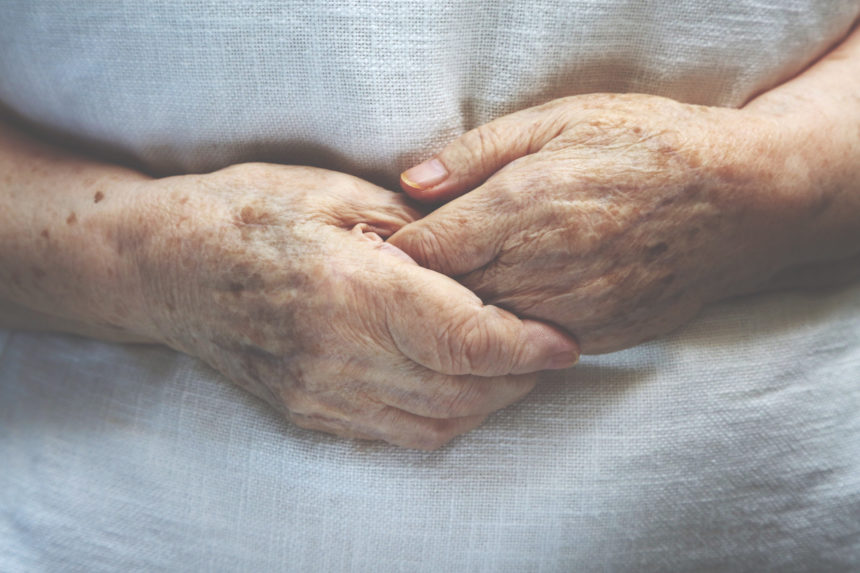
An educational skin care program at a post-acute care hospital in Toronto successfully brought physicians and nurses out of their silos and revealed opportunities for consolidating care, providers say.
Clinicians at Baycrest Health Sciences developed the program after recognizing that when it came to skin care, “physicians taught physicians, and nurses taught nurses,” said geriatrician Carol L. Ott, M.D., in a presentation recorded for the PALCT22 Annual Conference last weekend.
And there were other inefficiencies, she said. For example, nurses needed to call a physician for bandaging orders every time a patient had a skin tear.
The prevalence of skin tears in the facility was already fairly low, so the study team focused on finding ways to combine clinician education groups and create other efficiencies, Ott said in a recorded conference presentation.
To challenge current institutional habits, she and her colleagues brought in an educational model about improving the identification and treatment of skin tears. This was presented to combined groups of care providers who were then evaluated for content knowledge, learner satisfaction and subject-matter confidence level.
“There was overwhelming enthusiasm and support,” for the educational model, Ott and colleagues reported. The study results showed that learning in interprofessional groups is likely to be more efficient, and inspired the clinicians to propose new skin care procedures, they said.
“We are thinking possibly that this could be a way to introduce directives – where the nurses perform certain activities without a physician order,” they wrote in a summary. “In the future we would like to evaluate the impact of the education program on clinical outcomes.”
Additional details on this study and other long-term care-specific research can be found via the AMDA conference portal.



